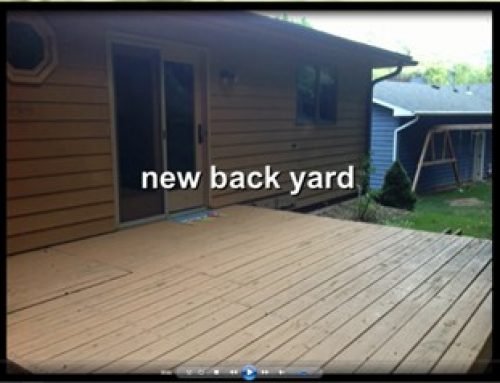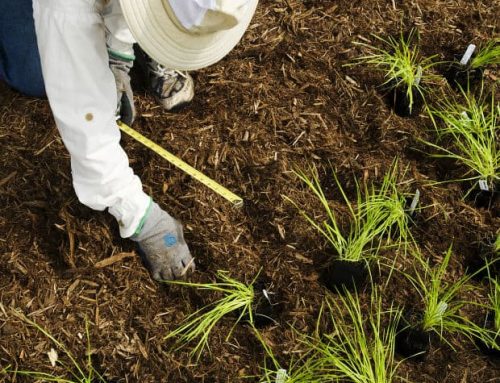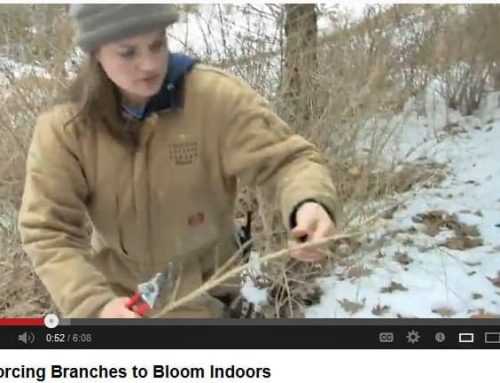Upon completion of this project, here are instructions on how to take care of your new seed.
WATERING: For the first three weeks, new seed needs to be kept moist– but not wet–in order to get it to germinate. Seed should be thoroughly sprinkled each day, but not soaked. After those initial three weeks, you can cut back on the watering quite a bit, but it should be watched closely. Brand-new grass is very tender and really needs the moisture to get established after the first flush. You may have to supplement the water for a couple months if Mother Nature is not cooperative. Please remember that water needs fluctuate
throughout the season, according to daylight hours, temperatures, and natural precipitation received.
EROSION REPAIR: New seeding will be susceptible to erosion during a hard rain or if excess rain is received over a short period of time. When erosion occurs, the ruts must be filled in with topsoil and re-seeded; this
may be required on occasion as the lawn gets established.
INITIAL MOWING AND FERTILIZING: After about 20-30 days, the first mowing will be necessary. Have the mower deck set to a medium height—do not mow extremely short the first few times. At this time, a light application of fertilizer will also be necessary. One-half (1/2) pound of nitrogen per 1000 square feet is all that should be applied. At this time, it will also most likely be time to do some overseeding in the barer spots.
TURF ESTABLISHMENT FERTILIZING: Every 30 days throughout the first growing season, as turf gets established, a light fertilization will be needed, amounting to ½ pound of actual nitrogen per 1000 square feet. (We can recommend the necessary fertilizer.)
AFTER TURF IS ESTABLISHED: After the seed is established, it is advisable to set up a fertilizing program as such: fertilizing three times a year—the end of April, July 1, and September 1.









